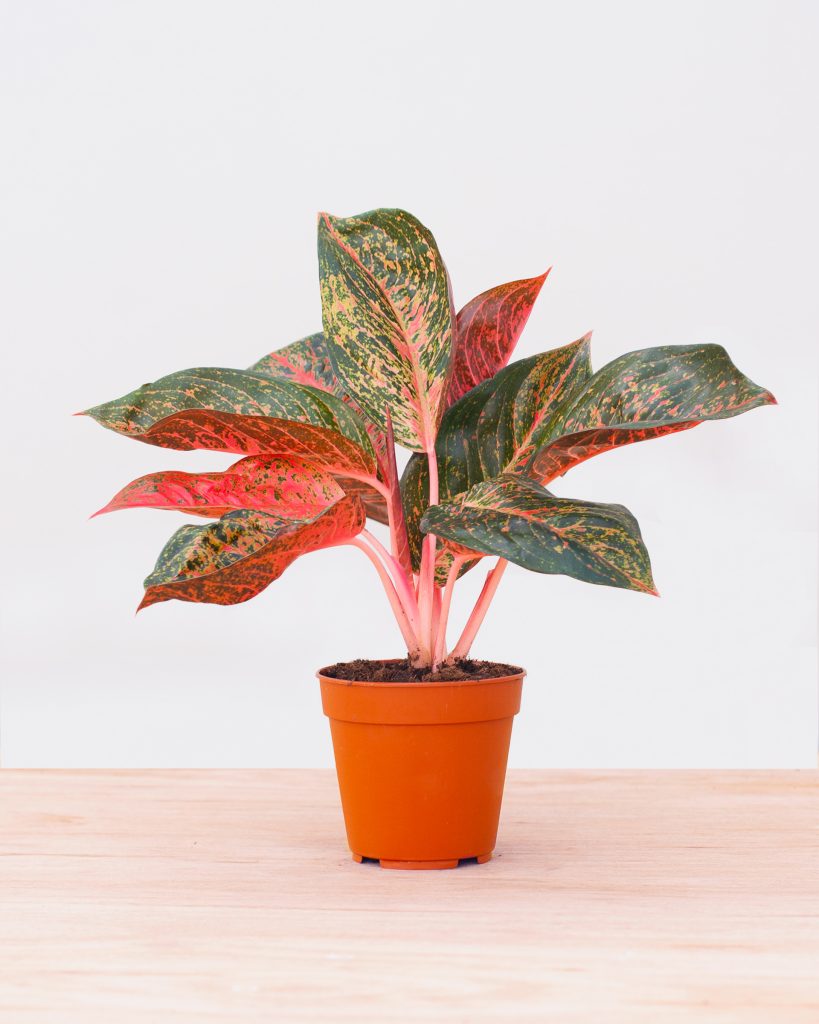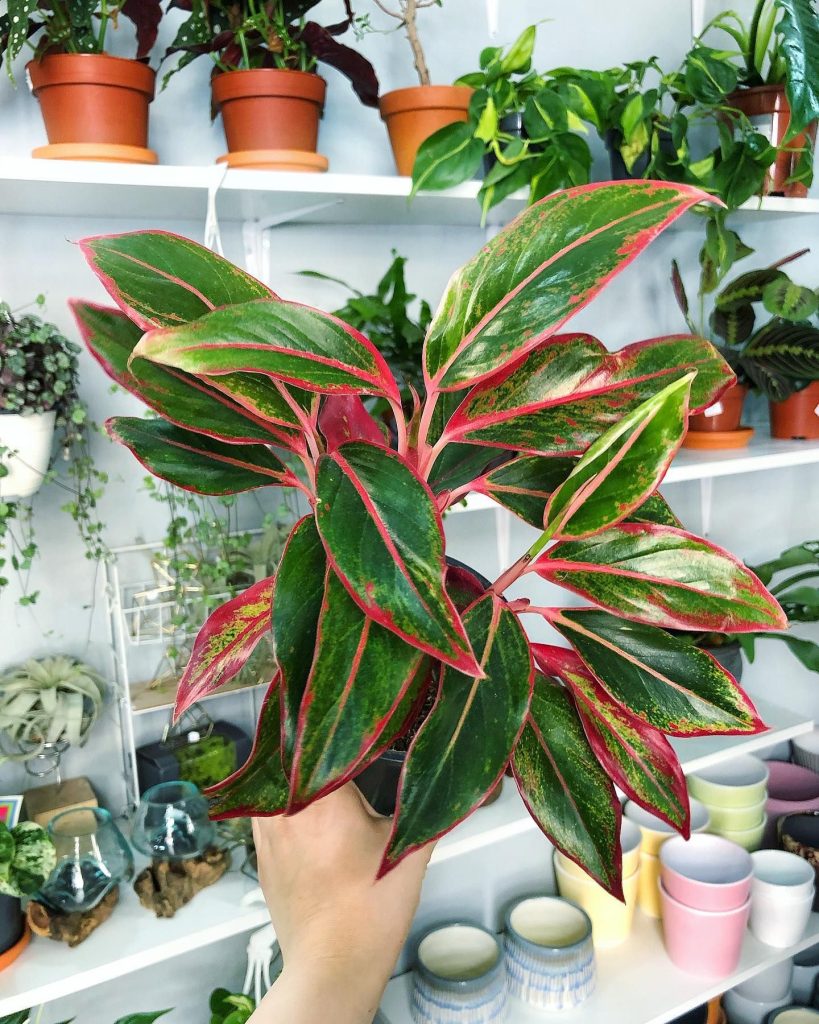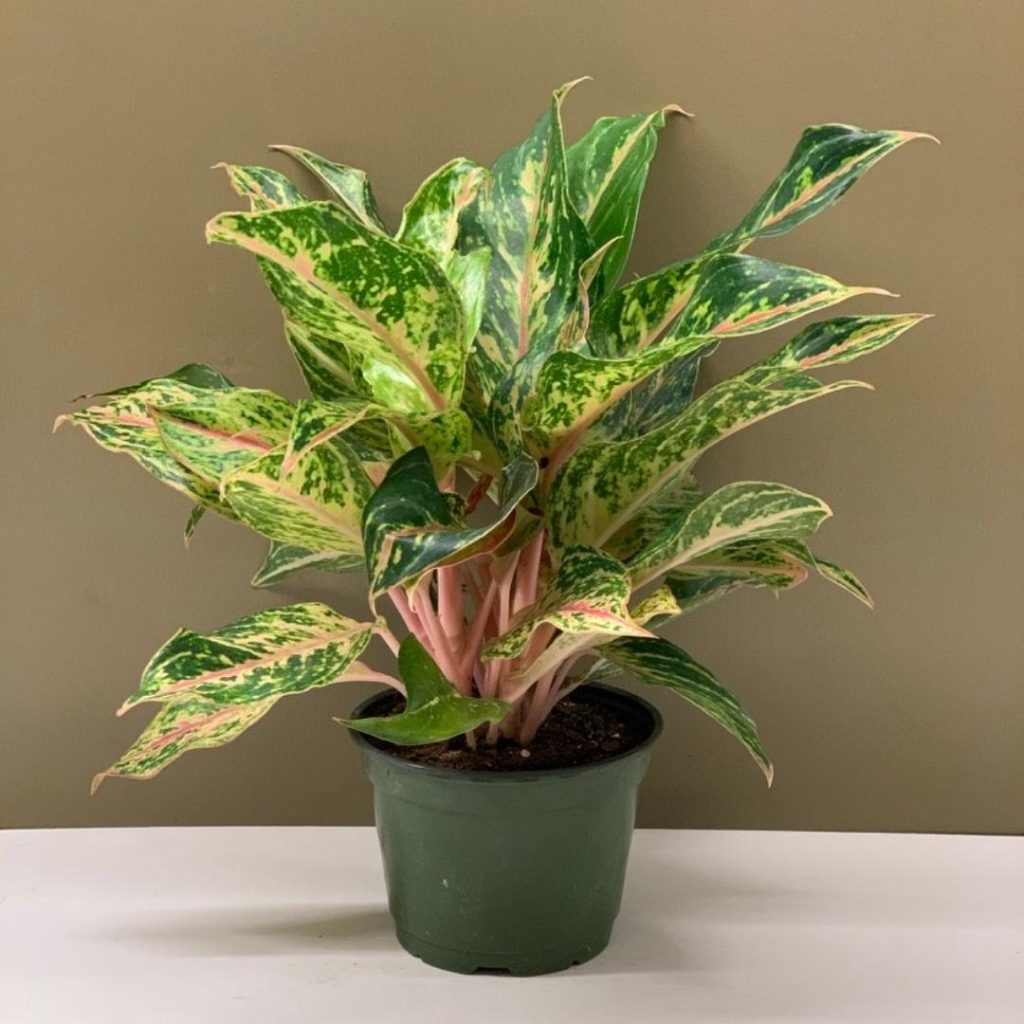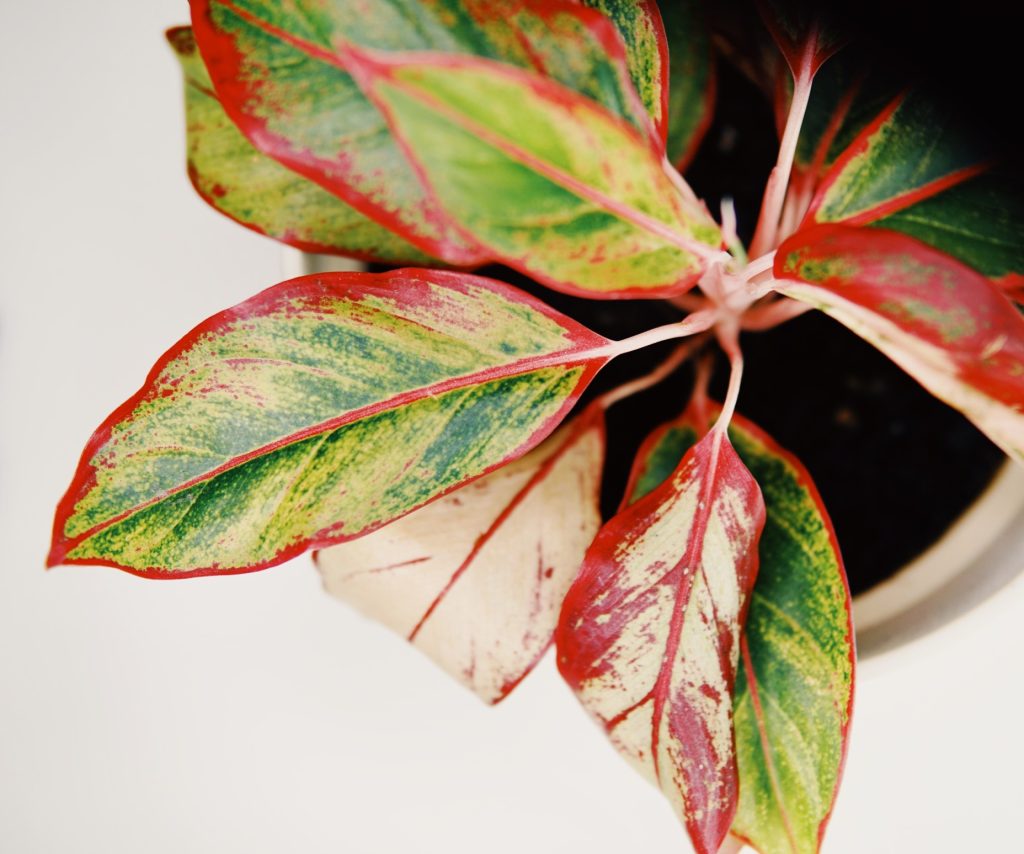The Chinese evergreen also called the Aglaonema is one houseplant grown specifically for its foliage appearance. The color and pattern are what your home or office needs to leave the state of being dull to simply cool.
The cool green of the Chinese evergreen is one of the attractive features of this plant, so once its growers notice a change in its foliage appearance, the issue is usually a sincere cause of worry.
Chinese evergreen turning yellow is a pinpointer that something is not right with the growth process of the plant and there are several reasons responsible for this problem. Most times, the problem is usually what the grower is doing or not doing.
If your Chinese evergreen is turning yellow and you are confused about the reason and what to do, this article is a must-read. This article solves the puzzle on why your Chinese evergreen is turning yellow.
Why are the leaves on my Chinese evergreen plant turning yellow?
Here are a few reasons why your Chinese evergreen plant may be turning yellow and how to fix it.
1. Improper soil moisture
This occurs when the soil has been waterlogged and the soil moisture is no longer suitable for the Chinese evergreen plant. When the soil is waterlogged, the soil is referred to as soggy. This soil state is harmful to proper root growth and what precedes improper root growth is root rot.
Root rot causes the root to decay and this is the main source of nutritional supply to the plant. In waterlogged soil, the plant is unable to receive sufficient and proper nutrients.
Change in foliage appearance, that is, the leaves changing from the original color to yellow is an indication of the state of the soil.

2. Unfit Humidity Levels
The Chinese evergreen requires about 50 to 60% humidity level. Anything beyond or above these levels creates an unconducive environment for your Chinese evergreen plant. The humidity level is centered on how dry or wet the atmosphere is.
Chinese evergreens would thrive in moderately humid environments because they are tropical plants. Any humid level unsuitable for the plant can affect the foliage appearance of your plant and could be the cause your Chinese evergreens are turning yellow.
3. Temperature
Chinese evergreens grow properly in a temperature level between 68F to 77°F. They thrive in relatively warm environments. Extreme weather conditions ranging from too hot or too cold would affect the plant’s growth and further affect the foliage appearance of the plant.
During winter, Chinese evergreen growers are advised to move their plants indoors.
4. Transplant Shock
When Chinese evergreens are moved to another pot or container possibly due to growth or improper potting, the roots may find it hard to adjust to the environment hence the transplant shock. If you have recently transplanted or repotted your Chinese evergreen and its leaves are turning yellow, this may be the cause.

5. Improper Lighting
Improper lighting can affect the foliage appearance of your Chinese evergreen and maybe what is responsible for its leaves turning yellow. If your Chinese evergreen is located in an environment where it is not receiving adequate light, the leaves would start to change from bright green to yellow.
If grown indoors, it may be that the plant is not placed where it can receive sufficient sunlight. If grown amidst other plants outdoors, the other plants may be preventing the plant from receiving the sufficient amount needed. Another reason for poor lighting may be the refusal to prune the leaves.
If the plant is too bushy, some parts may be unable to get sufficient light.
6. Pest Infestation
A large number of pests and insects attacking your Chinese evergreen is pest infestation. When pest infestations are unattended to, the plant bears the brunt of the attack and a sign that the pests are feasting on the plant’s nutrients is that their leaves start turning yellow.
7. Natural Reasons
When Chinese evergreens grow old, a visible indication is their leaves start turning yellow. If this is the cause, you do not need to be alarmed. Your Chinese evergreen is simply just aging.

8. Fertilization
Although fertilization contributes to the growth of your plant, overfeeding the Chinese evergreen with the amount required causes more harm than good to the plant. over-fertilization affects the soil which further affects the root.
When the soil is too concentrated with chemicals, the chemicals affect the root causing a foliage appearance problem. On the other hand, if they are deprived of sufficient nutrients, the plant may not be developing properly and an indication might be the leaves turning yellow.
How to fix the Chinese evergreen yellow plant problem
Identifying the cause of a problem makes a solution feasible and easy. When Chinese evergreen growers identify the reason for a change in foliage appearance of the plant, they are better equipped to solve the problem.
After identifying the cause, the next stage is to look for a solution. The solution is always determined by the cause so you would know what to stop or start doing. This is a list of all you can do to fix your Chinese evergreen’s problem.
- For waterlogged soil, stop watering the soil for a while till the soil recovers. If the soil is in a really bad state, you may have to repot the plant and change the soil. This gives the plant a better chance at survival and recovery. Make use of drilled pots as this allows for good drainage and prevents waterlogging. Remember, at every watering session, the soil must be moist and not soggy.
- If the humidity level is inappropriate, humidifiers can help increase the humidity level for your Chinese evergreen. Growing your Chinese evergreen amidst other trees and plants also increases the humidity level. Misting regularly is also a proven method to provide the humid level your plant needs.
- After transplanting or repotting, ensure you provide all the basic requirements needed for the plant. This is a period that determines utmost attention from you. Immediately after transplant or repotting, water the plant regularly and ensure the soil is always moist.
- In extreme weather conditions, change the location of the plant to one that is conducive for its growth. During winter, Chinese evergreen growers are advised to move their plants indoors or to a warmer location.
- If your plant is located in a dark room, change the location to a well-lit room and place the pot where it can receive sufficient sunlight. if natural light is insufficient, make use of artificial light from bulbs and fluorescents.
- For pest infestations, use insecticidal soaps to clean the leaves; this helps eliminate the pests. Regularly spraying water on the leaves wards off pests and insects too.
- If aging is the cause for the leaves of your Chinese evergreen turning yellow, nip out the yellow leaves and be patient for the growth of new leaves.
- Before propagation, growers are advised to study the best fertilizer for their plant and the required amount per feeding. If over-fertilizing is the problem, stop fertilizing for a while to allow the soil to recover. If the soil is past recovery, change the soil of the Chinese evergreen and fertilize the plant as recommended.
Finally,
Once you have identified the reason your Chinese evergreen is turning yellow, the solution is near. Follow the recommended solutions and your plant would be ready to bloom again.
Read next: 40 Pet Safe Indoor Plant Ideas For Your Home

